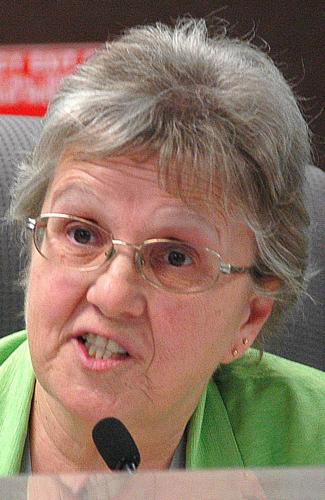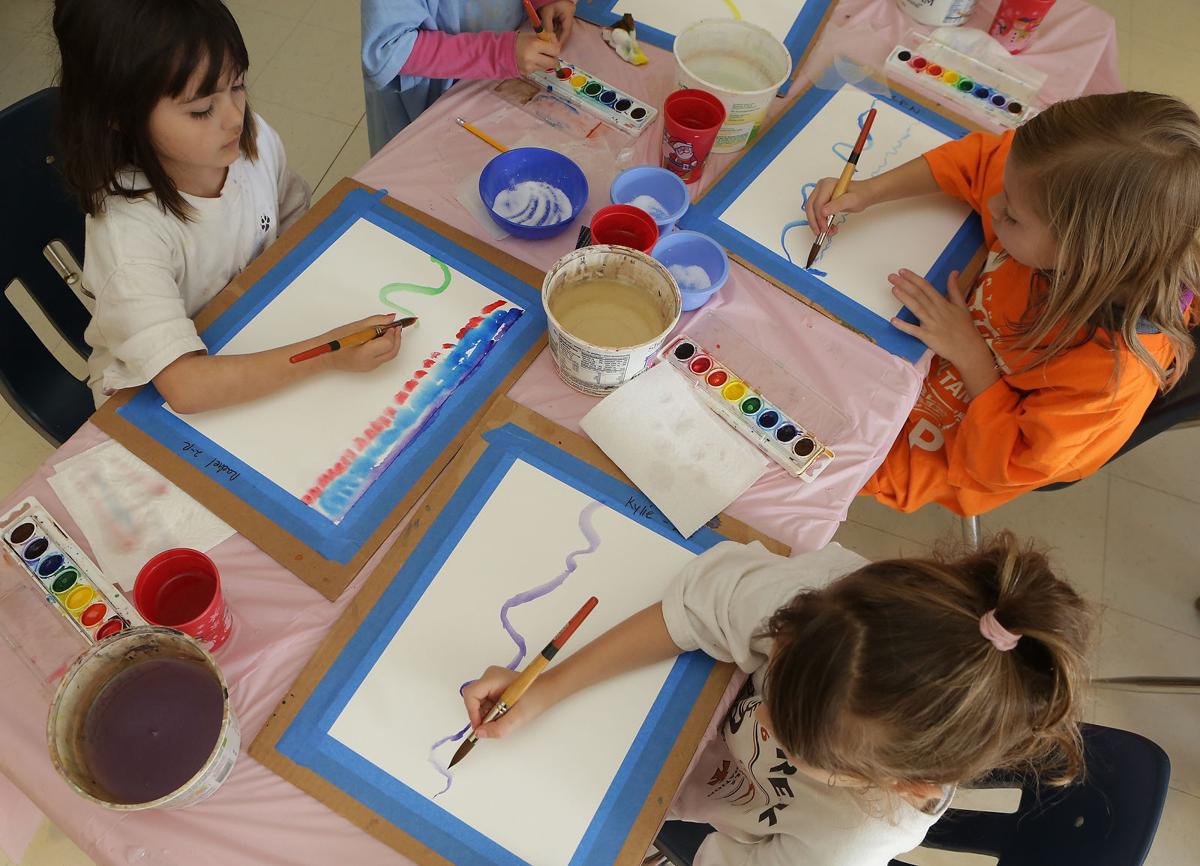PHOENIX — State schools chief Diane Douglas is renewing her call for a tax increase to provide a meaningful pay raise for teachers, even as fellow Republican Gov. Doug Ducey says it’s not necessary.
In her annual State of Education speech Monday, Douglas said that more than one out of every five teaching vacancies at the beginning of this school year remained unfilled four months later.
“While teacher pay is not the only factor leading to the shortage, it is a big factor,” she told the House Education Committee.
“Arizona teacher pay is among the lowest in the country,” Douglas continued, saying the salaries for elementary school teachers here are “dead last.” High school teachers fare little better, with pay ranked at No. 48.
Douglas also said that in her “listening tour” around the state, she heard strong public support for higher pay.
Her proposed solution is to extend the current six-tenths of a cent voter-approved sales tax now dedicated for education — set to expire in 2021 — and boost it to a full penny. That would raise $400 million, she said. Using three-fourths of that directly for salaries would boost average teacher pay by 11 percent; the balance would go to funding unmet needs in school capital expenditures, Douglas said.
She acknowledged there are other, more aggressive plans being discussed, including one by some business leaders who hope to boost the levy to 1.6 cents.
“I am willing to listen and work with anyone,” she said, including lawmakers and Ducey.
Ducey and some legislative leaders have said they are willing to consider a simple extension of the current levy.
But they want the vote put off until 2020 under the premise that having it in a presidential election year would mean higher turnout and a greater chance of success.
It also would be a year when Ducey himself — as well as Douglas and other statewide officials — are not up for re-election.
But Douglas said she fears “waiting to the last minute to act, giving ourselves no time to address the fiscal cliff if a solution is not passed” in 2020.
She criticized the results of various efforts by lawmakers to provide alternate ways for people to be allowed in front of a classroom. These range from emergency teacher certifications by districts with severe shortages to allowing those with specific subject matter expertise to take over classes.
“While I appreciate the efforts and intent to minimize our teacher shortage, we must not lower the standards of the profession,” said Douglas, a former member of the Peoria Unified School District Governing Board. Her current title is state superintendent of public instruction.
“Our children deserve teachers that are not only fully prepared to manage a classroom, but are also experts in their respective content areas,” she said.
Douglas did find some common ground with the governor, agreeing to back his budget plan to restore the “district additional assistance” fund over the next five years.
That fund provides state dollars to schools for things like books, computers and buses.
Lawmakers and the governor have not fully funded it for years, citing the state’s budget situation. In fact, Ducey slashed it again in last year’s budget by $117 million.
Now the governor says there is enough money to add back $100 million, with a promise to bring it back to $371 million by the fifth year.
“It is a path forward, with currently available resources, to end the recession-era cuts to school facility funding,” Douglas said.
She said it provides “flexibility” to schools, allowing them to use the money for whatever they want, whether it is teacher salaries or actual “bricks and mortar” construction needs, another account where funding remains far below its level a decade ago.
Douglas also wants funding to update what she called the “archaic” computer system her agency uses to distribute $6.5 billion in state and federal funds to school districts.
She said this is important not only to ensure that schools get the funds they need, but also that none of the money — and private student data — winds up “into the wrong person’s hands.”







